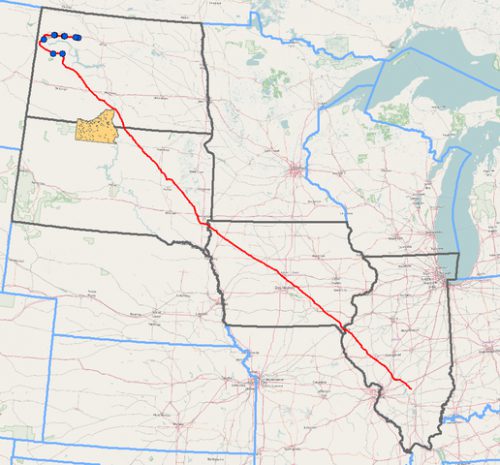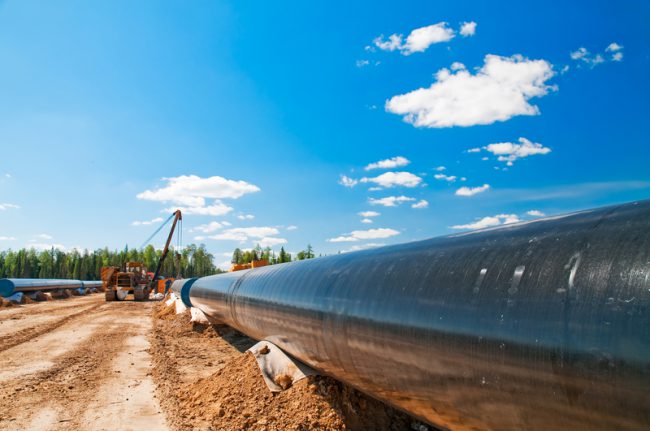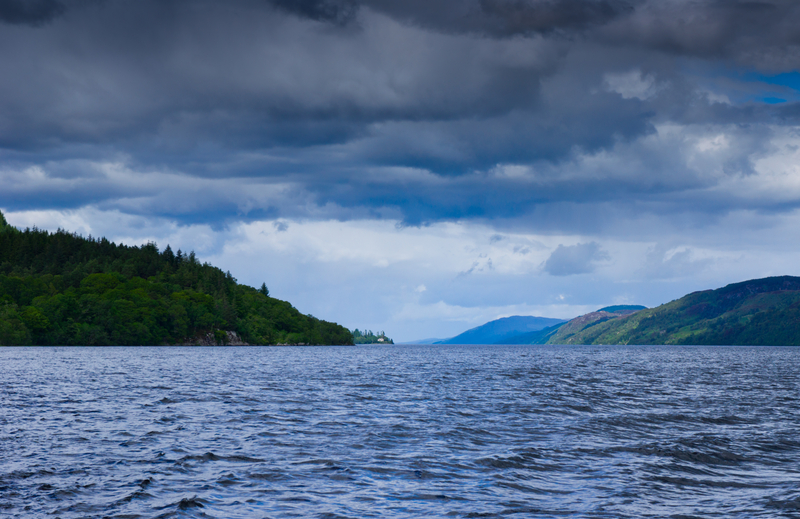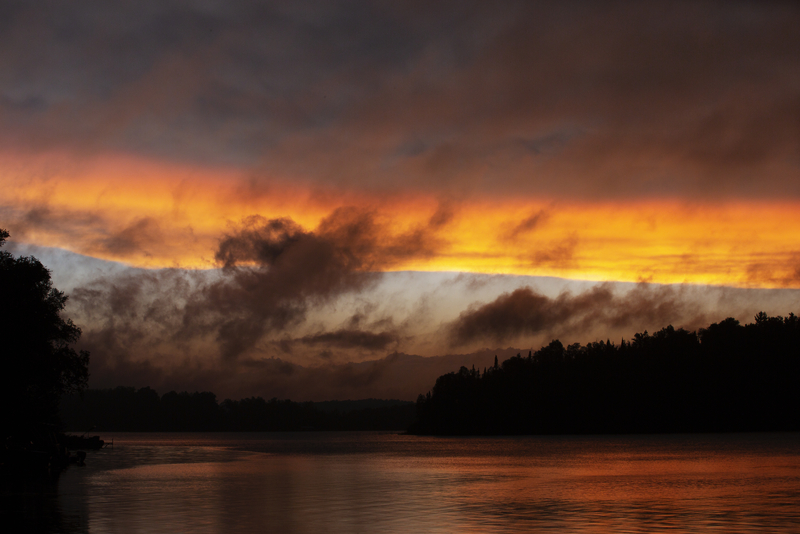This past Sunday, the U.S. Army Corps of Engineers announced that they would not allow construction of the Dakota Access Pipeline to happen under Lake Oahe. This pipeline will be used to transport oil across four American states and is nearly completed. But the decision means that a different route needs to be chosen.
The Standing Rock Sioux, an Indigenous tribe that lives near the lake, have been protesting its construction since April. And they have been camped out in large numbers to block the proposed construction site since September. This decision means a lot to this tribe. They even threw a celebration last night after they heard the news. See?
Let's look at why this decision is so important to them.
Drinking water at risk

This map shows the route of the pipeline in red. The Standing Rock reservation is shown in orange. (Wikimedia Commons)
Lake Oahe is actually a reservoir. This means that it was made by people to provide a safe storage of water for drinking and use in homes. The lake gets its water from the Missouri River, the longest river in North America. And Lake Oahe is also partially on the Standing Rock reservation (a reservation is protected land that is "reserved" or saved for an Indigenous tribe or nation). The Standing Rock Sioux Tribe have been protesting this pipeline because of the danger it presents to their drinking water. The oil that the pipeline would carry would poison the tribe's drinking water if it ever leaked.
In addition, the construction would mean that workers would dig up a Standing Rock sacred burial ground. This is a place where ancestors of the tribe who have died have been buried. It is a deeply important memorial for their people. And this is why hundreds and later thousands of people came out to protest the pipeline.
A cause that grew and grew
The tribe's protests attracted support from many Americans, including U.S. Army veterans. (Getty Embed)
For many months, the U.S. government did not get involved in this standoff. But because the tribe would not leave the site, construction could not continue. The plight of the people at Standing Rock attracted a lot of discussion on social media like Facebook, YouTube, and Twitter. In the end, this extra attention put a lot of pressure on President Obama to make a choice—either he could stop the pipeline being built under Lake Oahe, or he would need to use the army to remove the protesters by force.
What's next?
The Obama government's decision made the protesters very happy, but it is not the end of the issue. The choice angered many who feel that the pipeline is important to complete. They say that it provides energy and important jobs. The pipeline's route has been changed once already. People in Bismarck, the capital of North Dakota, didn't want it contaminating their drinking water either. Will the builders of the pipeline ever be able to find a route that avoids this problem?
And there is also the fact that Obama will only be president for a few more weeks. President-elect Trump will be sworn in on January 20, 2017, and his view on the pipeline is different to Obama's.
For now at least, Standing Rock feels joy that their hard work has paid off. But it is clear that this story isn't over yet.
 The construction of an oil pipeline is a huge protect that has environmental risks. (© Sergei Ryjkov | Dreamstime.com)
The construction of an oil pipeline is a huge protect that has environmental risks. (© Sergei Ryjkov | Dreamstime.com)









